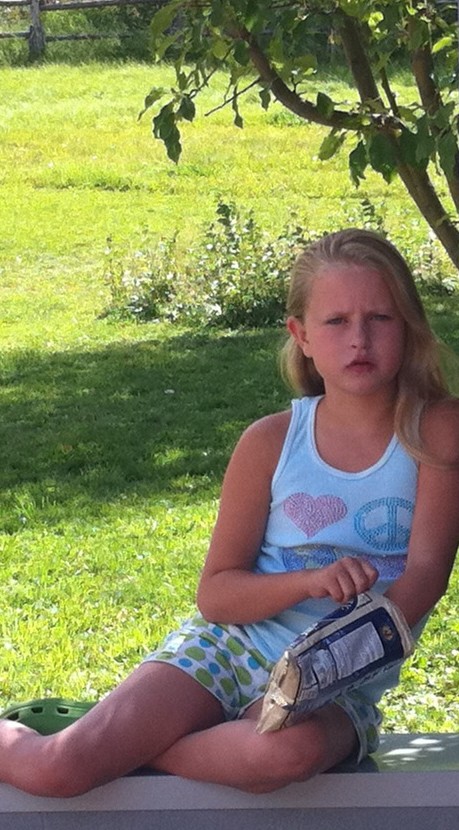For the first two years after Emma was diagnosed we did an aggressive intervention of ABA (Applied Behavior Analysis) therapy – 40 hours a week with additional speech therapy and Occupational therapy. Advocates of ABA believe it is the only therapeutic intervention for autism that has any scientific validity. Others have questioned those studies, claiming Lovaas used only the highest functioning children to obtain his results, which were published in 1987.
Regardless, ABA did not help Emma. In fact, she “flat lined”. We were called into the principal’s office of the pre-school she was then attending and were told Emma’s lack of progress was a “red flag”. While other children at her pre-school flourished, going on to be mainstreamed even, Emma stalled out, unable to generalize the things she learned in the classroom setting, unable to make progress. I have spoken to dozens of parents whose children have been helped using ABA, parents who swear it was the single most important thing they did for their child, and yet, for Emma, ABA did not help. It is easy to feel angry, blame the therapy, blame the child, blame something rather than acknowledge how baffling and insidious autism is.
It was around this period when we found Stanley Greenspan and began his DIR/Floortime therapy with Emma. For more on Stanley Greenspan see “A Tribute to Stanley Greenspan”.
While Emma responds much better to the DIR model, she still continues to confound experts in the field. She has not progressed as quickly as any expected or hoped.
When Emma was first diagnosed we were given a diagnosis of PDD-NOS. We were told to watch her, that perhaps she would “grow out of it” or if not, then at least we would have begun an aggressive early intervention program which would undoubtedly have her mainstreamed by the time she was in kindergarten. This was not to be, however. Emma was not mainstreamed when she reached the age to enter kindergarten. In fact, her diagnosis changed to “Autism” and though she was considered “mildly” autistic, by the time she was 7, she was categorized as moderately so. How to explain this?
We cannot. None of the “specialists” we’ve seen can either. The only thing that has really changed is all those “specialists” no longer offer their long-term view of where she’ll be in another few years. Gone, are the comforting talks of how she’ll soon be mainstreamed, no longer do we hear the cheerful prediction that she’s – “on her way”.
Desperation can make for odd decisions, but for those of us who have attempted to manage our feelings of overwhelm as we do our best to live our lives with an autistic child, it is a feeling we are all too familiar with. Richard and I have tried any number of remedies. Were I not the mother of an autistic child I would respond to many of the very things we’ve tried with an incredulous shake of my head. When someone tells me their child has had several hundred treatments in a hyperbaric chamber, I do not think – Poor fools, they really are clutching at straws – I take notes. How could anyone believe ____________________ (fill in the blank) would work? We don’t believe as much as we hope. We will do anything we can to help our daughter.
Desperation? Probably.
Coping? Absolutely.
Emma – August, 2010



